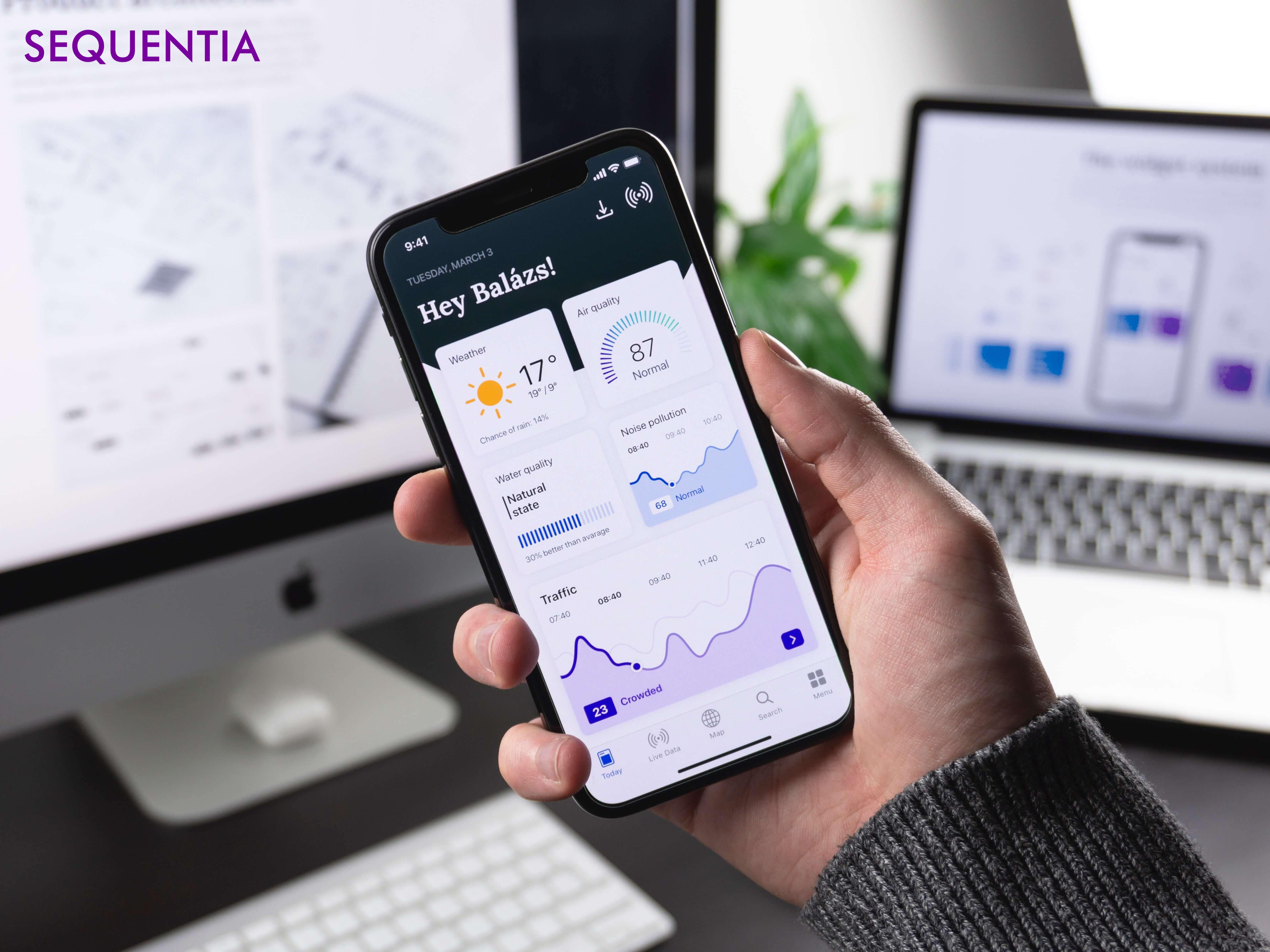Unveiling the Essence of Digital Experience: A Journey Beyond the Interface
In the ever-evolving realm of technology, the concept of digital experience has become a cornerstone for both users and businesses alike. It transcends mere user interfaces and functionalities, delving into the realms of emotions, interactions, and overall satisfaction. As a software engineer navigating this digital landscape, it's crucial to understand the profound impact that digital experiences can have on individuals and the success of a product or service.
Understanding Digital Experience
Digital experience encompasses every touchpoint a user has with a digital product or service. It's not confined to the user interface but extends to the entire user journey, from the first interaction to ongoing engagement. This holistic approach considers the emotional and psychological aspects of user interactions, aiming to create meaningful and memorable experiences.
Key Elements of Digital Experience
User-Centric Design
At the core of a remarkable digital experience lies user-centric design. Understanding the needs, preferences, and pain points of your target audience is fundamental. Intuitive interfaces, seamless navigation, and aesthetically pleasing designs contribute to a positive user experience.
Performance and Responsiveness
Speed matters in the digital world. Slow-loading pages and unresponsive interfaces can lead to user frustration. Optimizing performance across devices and network conditions is essential for providing a seamless experience.
Personalization
Tailoring digital experiences to individual users enhances engagement. Personalized content, recommendations, and user interfaces make users feel seen and understood, fostering a stronger connection with the digital product.
Accessibility
A truly inclusive digital experience is accessible to users of all abilities. This involves designing interfaces that accommodate people with disabilities, ensuring that everyone can navigate and interact with digital content.
Consistency Across Platforms
In a multi-device world, maintaining consistency across platforms is paramount. Whether users access your product on a desktop, tablet, or smartphone, the experience should remain cohesive and familiar.
The Role of Emotion in Digital Experience
Emotions play a significant role in shaping digital experiences. A positive emotional connection can lead to brand loyalty, while negative emotions may drive users away. Design elements, content tone, and the overall user journey should be crafted with the user's emotional response in mind.
Strategies for Enhancing Digital Experience
User Feedback and Iteration
Actively seek user feedback to identify areas for improvement. Continuous iteration based on user input allows for the refinement of digital experiences over time.
Data-Driven Decision Making
Leverage data analytics to gain insights into user behavior. Understanding how users interact with your product can inform strategic decisions to enhance the overall digital experience.
Cross-Functional Collaboration
Collaboration among developers, designers, marketers, and other stakeholders is crucial. A cross-functional approach ensures that all aspects of the digital experience are considered and optimized.
Conclusion
As a software engineer, recognizing the depth and significance of digital experience is key to creating products that resonate with users. Beyond lines of code and technical functionalities, the success of digital solutions hinges on the emotional impact and satisfaction they deliver. By embracing user-centric design, prioritizing performance, and acknowledging the role of emotion, you can contribute to shaping digital experiences that leave a lasting impression in the ever-evolving landscape of technology.
Pune
Sequentia Software Solutions Pvt Ltd
401, Koyna, Mohan Nagar,
Baner, Pune, Maharashtra - 411045.
Jalgaon
Sequentia Software Solutions Pvt Ltd
06, Rambhau Joshi Market, Opposite Golani Market, Navi Peth, Jalgaon, Maharashtra - 425001.


